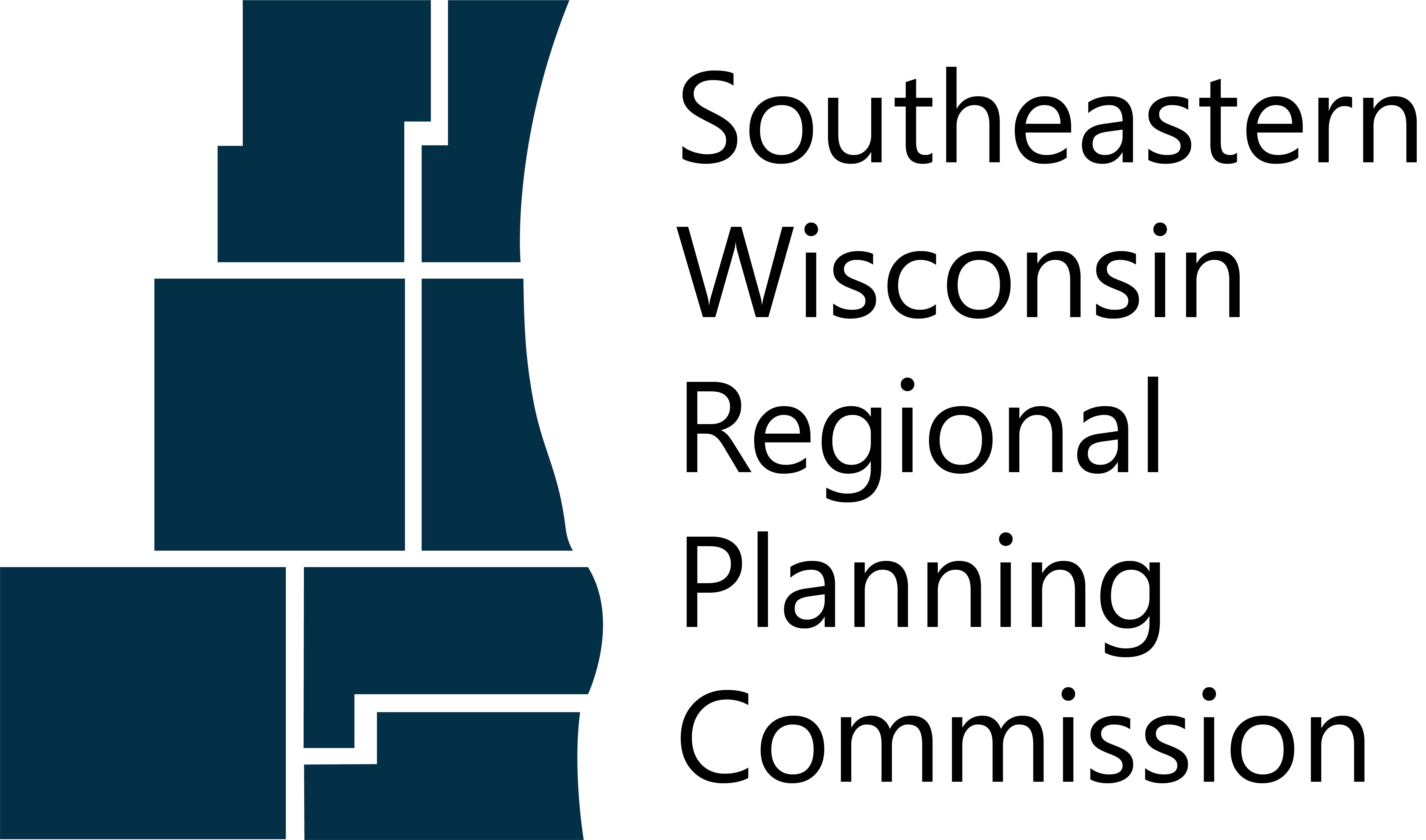Plant Identification Guides
Plant identification guides can aid biologists with proper identification of plant species in the field, such as when determining whether an area meets the criteria for classification as a wetland, or in assessing the floristic quality of a site for natural areas protection.
The Commission has also prepared lists of plants suitable for landscaping in Southeastern Wisconsin. Landscaping guides and invasive species eradication information can be found on the Zoning & Ordinances page.
